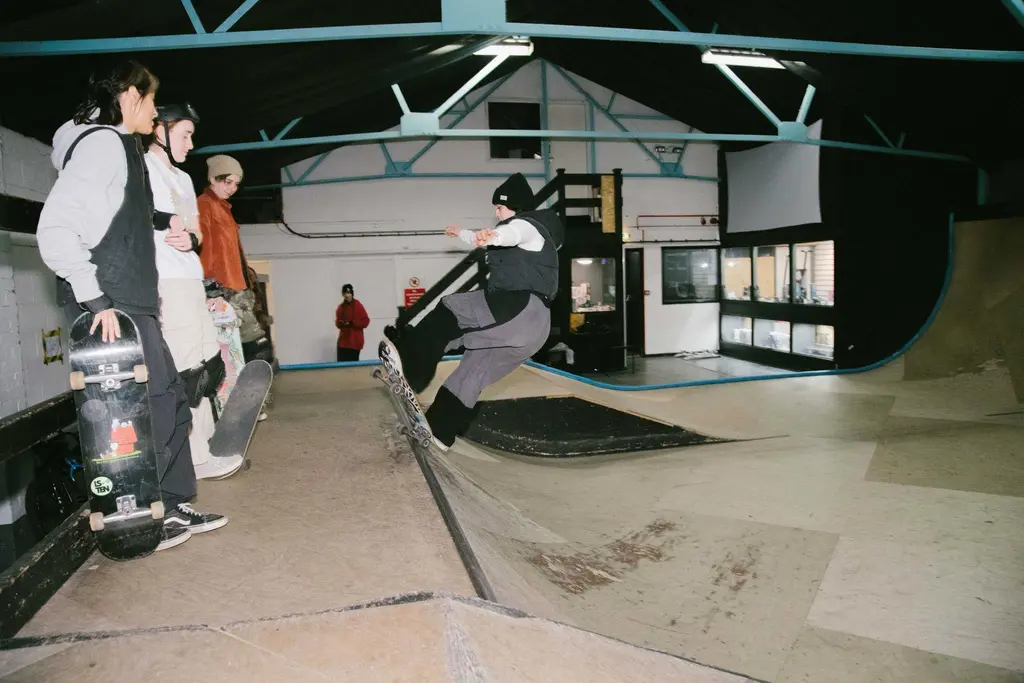The Travel Diary: Exploring the brutalist backstreets of Split
- Text by Vedran Kolac
- Photography by Vedran Kolac

Based on the cost of Adriatic sea, Split is known for its rich history and unique mix of architecture.
‘Split 3’ is a residential district on the south-east side of the city, filled with a distinct complex of buildings. They were built during the ’70s and ’80s, back when Croatia was still part of Yugoslavia – a sprawling communist state that doesn’t exist anymore.
Although I’m currently based in Zagreb, where I’ve lived for 18 years working as a photographer and developer, I’ve been holidaying in Split for the last half a decade. When I first came, I stayed in a central apartment a few minutes walk from the palace that was built as a residence for Roman emperor Diocletian in third century AD. At that time, I had minimal knowledge about the building, as well as the city’s modern architecture.


When I returned in 2013, I stayed for a month in a high rise in the Pujanke quarter. Living there changed my view of the city. That was when I discovered Split 3 – an abstract, concrete composition of buildings that sit somewhere between sculptures and houses.
The complex was built in 1969 as a reaction to the mono-functional design seen in Zagreb and other cities in Yugoslavia. At the time, the district’s construction was a hot topic in the architecture scene – revitalising the city’s street, squares, and approach to urban planning.
In Split 3, pedestrian streets are oriented east to west, and the buildings on the north side of are taller than those on the south side. This kind of design makes people free to the see both sides of the street, with many settlements located on a hill on the city’s south side. Cars are parked on the north side, behind the taller complexes. Small cubes, made for birds to nest on, lie on the buildings’ facades. Even the surrounding streets, designed by architect Dinko Kovačić, are known for their abstract and sculptural form.
The district’s modernist architecture is mixed with an authentic Mediterranean flavour, which gives you a feel of a traditional Dalmatian street.







More of Vedran Kolac’s work can be seen on his official website and Instagram.
Enjoyed this article? Like Huck on Facebook or follow us on Twitter.
Latest on Huck

Clubbing is good for your health, according to neuroscientists
We Become One — A new documentary explores the positive effects that dance music and shared musical experiences can have on the human brain.
Written by: Zahra Onsori

In England’s rural north, skateboarding is femme
Zine scene — A new project from visual artist Juliet Klottrup, ‘Skate Like a Lass’, spotlights the FLINTA+ collectives who are redefining what it means to be a skater.
Written by: Zahra Onsori

Donald Trump says that “everything is computer” – does he have a point?
Huck’s March dispatch — As AI creeps increasingly into our daily lives and our attention spans are lost to social media content, newsletter columnist Emma Garland unpicks the US President’s eyebrow-raising turn of phrase at a White House car show.
Written by: Emma Garland

How the ’70s radicalised the landscape of photography
The ’70s Lens — Half a century ago, visionary photographers including Nan Goldin, Joel Meyerowitz and Larry Sultan pushed the envelope of what was possible in image-making, blurring the boundaries between high and low art. A new exhibition revisits the era.
Written by: Miss Rosen

The inner-city riding club serving Newcastle’s youth
Stepney Western — Harry Lawson’s new experimental documentary sets up a Western film in the English North East, by focusing on a stables that also functions as a charity for disadvantaged young people.
Written by: Isaac Muk

The British intimacy of ‘the afters’
Not Going Home — In 1998, photographer Mischa Haller travelled to nightclubs just as their doors were shutting and dancers streamed out onto the streets, capturing the country’s partying youth in the early morning haze.
Written by: Ella Glossop